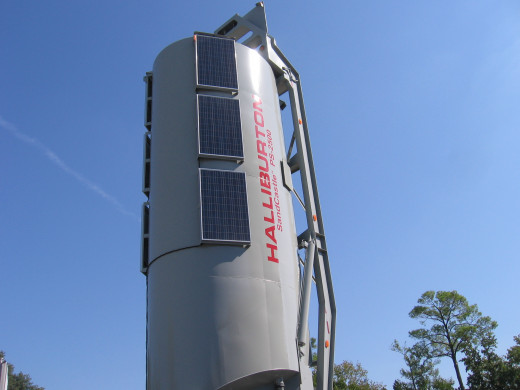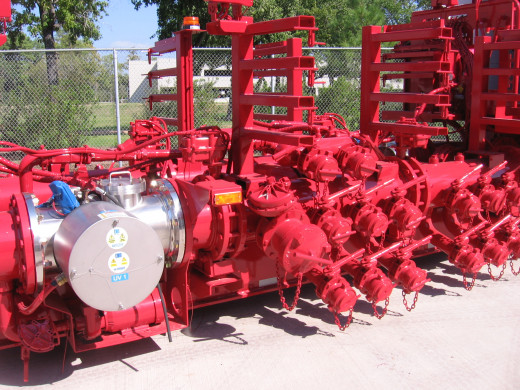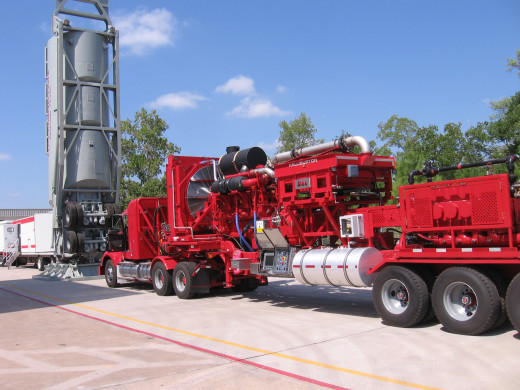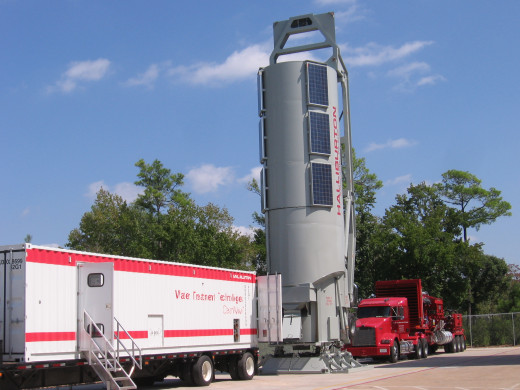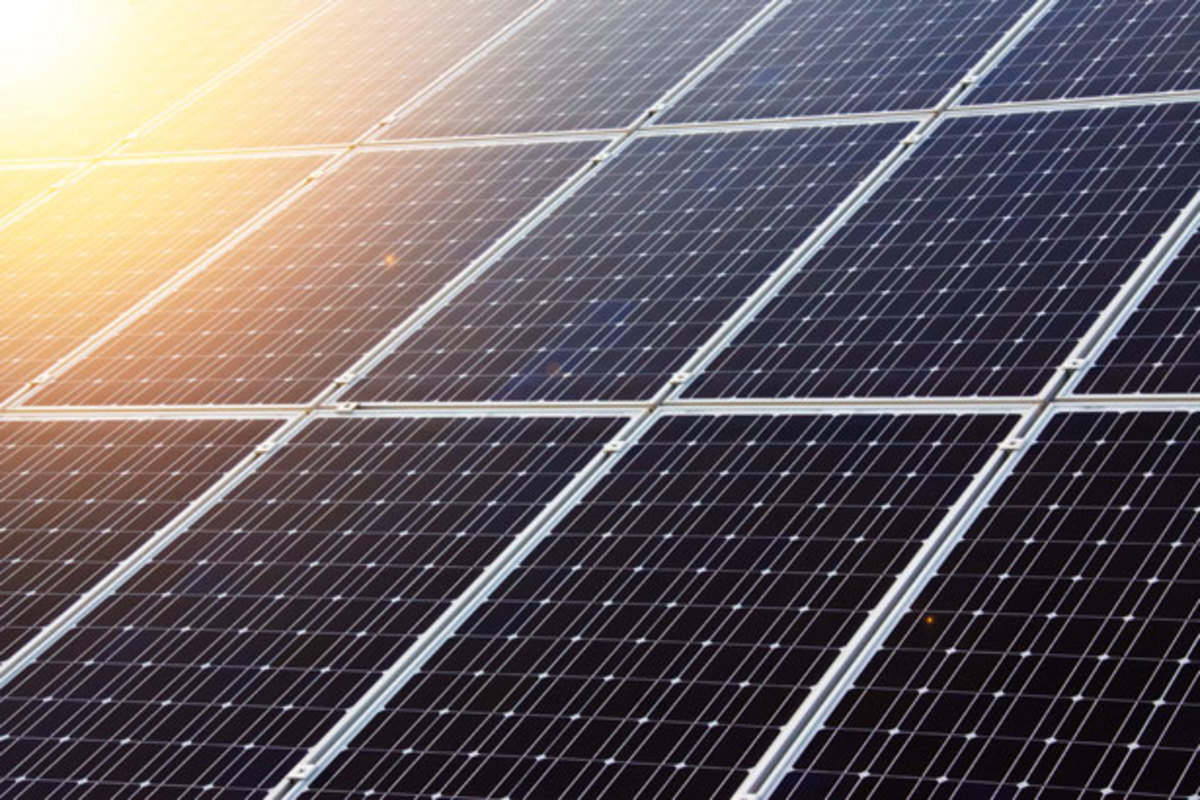Fracking: Facts of Innovations
Fracturing "Fracking" Innovations
Fracturing or it's more common buzzword "Fracking" has created some very innovative technologies recently. The fracking companies are spending big bucks to create innovations and new technologies to lessen the impact of hydraulic fracking on the environment and reduce the energy needed to extract oil and gas from formation thousands of feet below the earth surface. Not many government agencies or universities can boast about the billions of research and development dollars they spend each year like the major companies involved in hydraulic fracking services can.
Each year new innovations are created and evolved to reduce energy consumption, reduce hazards at the work site and reduce the impact on the environment. Each year billions of dollars are being spent on improving this process. That's billions with a "B." That's a lot of paychecks, equipment, 401k matching, training, health care and profit sharing going to some very talented people who are creating a safer and cleaner way to extract hydrocarbons from the earth.
The current EPA and Clean Air Act rules are driving innovations in the fracking industry which is creating a safer way to gain access to hydrocarbon (oil or gas) in fields that have previously seen a reduction in their output. Hydraulic fracking is a way to bring new life to fields that have once seemed depleted.
Oil and gas can become trapped in formations which might contain shale or dense rocks which makes the extraction of oil or gas difficult. Hydraulic fracturing of the rocks or shale allows granular sand-like particles to be forced into the formation which creates cracks and prop open those cracks allowing the oil or gas an easier path to be extracted out of the well. Those granular objects are called proppants. Proppants are stored at the fracking location in 40ft containers. The sand-like material is moved into a silo so it can be pumped down into the formation.
One company has designed a solar powered trailer that becomes it's own silo using only the power from the sun. It starts as a trailer containing the proppant but when the operator wants it to become a silo he only has to push a button and within minutes, the energy it gathered from the sun powers the motors needed to tilt the trailer on it's edge and become a gravity fed silo. No electricity or diesel power is needed to transport the proppant from the trailer to the pumps. One simple solution to reduce the amount of equipment on location and reduce the energy needed to do the job.
Fracking is done with some pretty powerful equipment on site. The main piece of equipment is the pump. These pumps are as big as the the trailer on an 18-wheeler. More than 20 of these pumps could be used on one location to create enough pressure down-hole to crack the rocks over five-thousand to twenty-thousand feet below the surface. Many new pumps are being designed today that are more powerful and will require less equipment at a fracking site. Less equipment on site which makes the footprint of the fracking operation smaller. This will reduce the amount of equipment transported and trucks on the roadways so less fuel is needed.
All these pumps are connected by a manifold and blender of the water, chemicals and proppants needed to be pumped down into the formation. The manifold connects all the pumps together so they are all contributing to the pressure needed to crack the rocks or open up the shale rock within the formation.
The fluid used is 90 percent water and the other 10 percent has generally been chemicals that are used to gel together the granular material in the fracking fluid and to reduce any friction in the process. Today those chemicals which are mixed with the water are made from enzymes from fruits and vegetables and pumped into the formation. A completely chemical free fluid.
Of course this whole process takes a lot of water which should always be considered in short supply. Now companies have developed ways of processing and cleaning waste water from fracking and are able to reuse the water in other areas of oil production. This lowers the demand for clean water and improves technologies in water treatment.
Other new innovations are being used today involve electricity to separate the solids from the water which makes the job of cleaning the water and disposing the solids a lot easier. Who knows what else this type of technology is capable of doing to advance the water treatment industry.
All of these innovations will have spin-off technologies in other industries. It's just a matter of time before we see a solar powered industrial sized trash compactor using the same technology as the proppant silos used on today's fracking jobs. Or the same technology that cleans fracking fluid will be a portable solution to provide clean drinking water.
